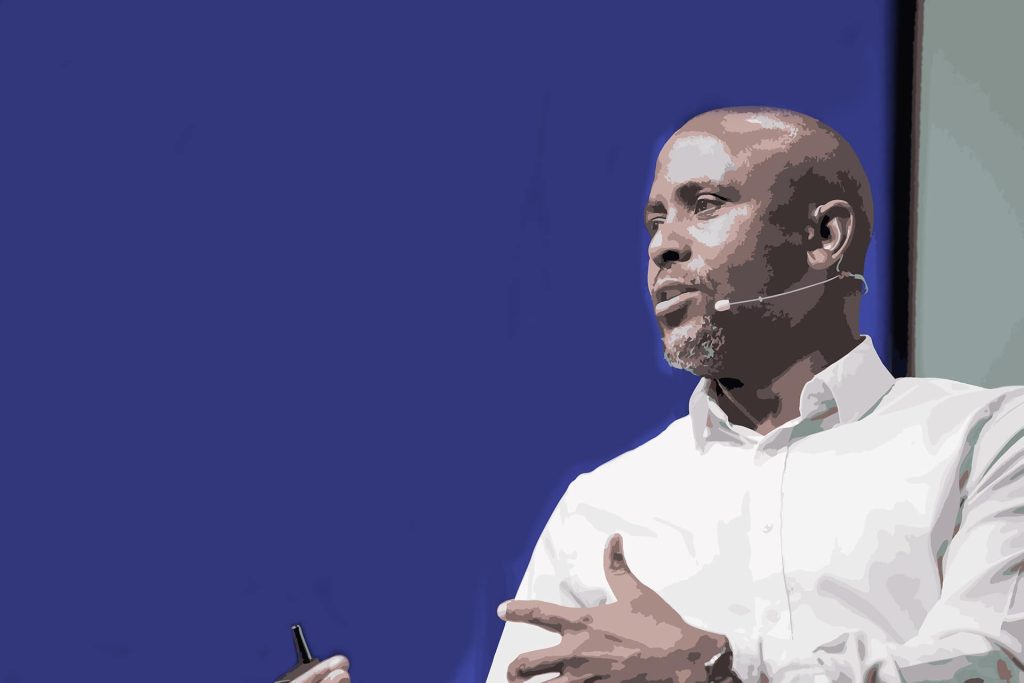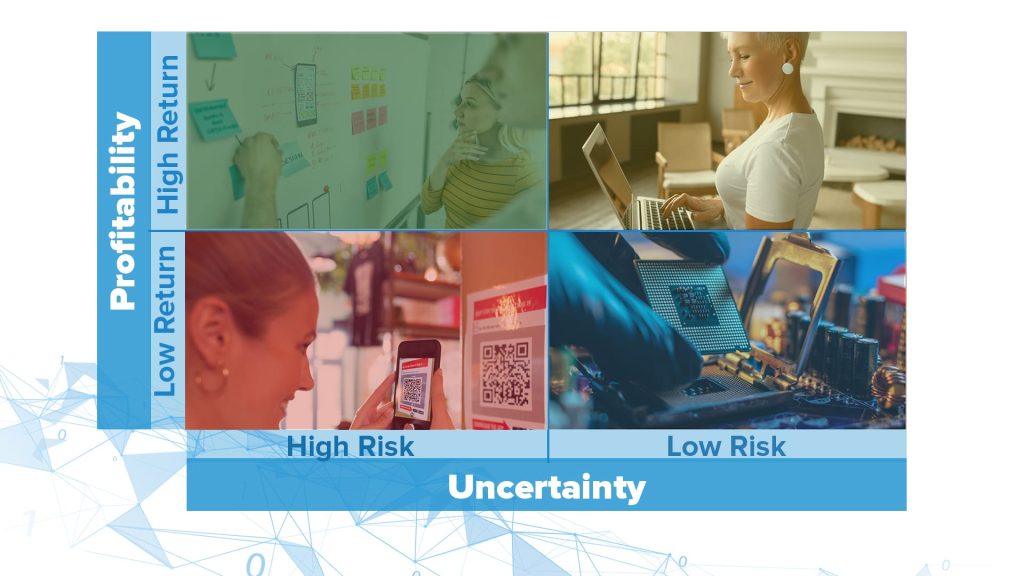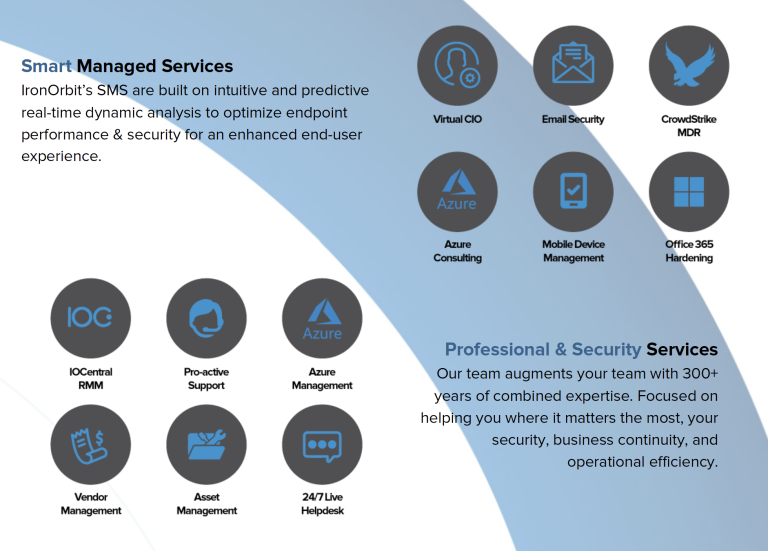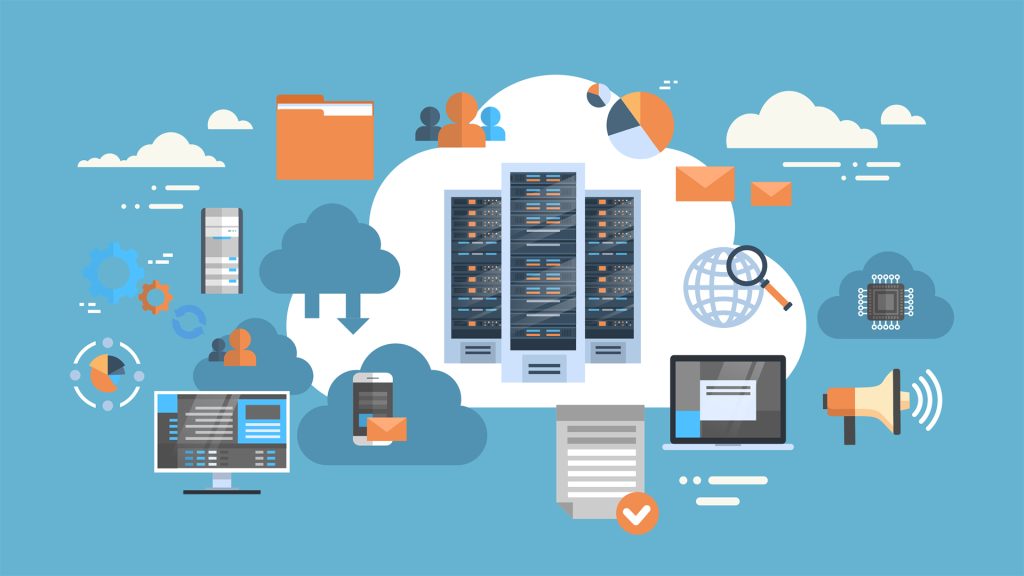Future-proofing is the process of preparing for anticipated (and unanticipated) business disruptions. It has always been problematic but is now even more of a challenge.
In this article, we’ll explore the “why” and “how” of future-proofing your business and provide actionable steps to take.
The Future-Proof Challenge of Quickly Evolving Technologies
The rapid acceleration of technology has made future-proofing a business exponentially tricky.
Jimmy Rotella, Sr Solutions Architect at Nvidia, said in a recent episode of “What’s Up AEC?!” that 2020 accelerated a work-from-home movement that was inevitably going to happen in 5 to 10 years.
In an October 2021 Harvard Business Review article, authors Michael Mankins, Eric Garton, and Dan Schwartz write, “technology was already changing the nature of work before Covid-19 took hold. Innovations were redefining the basis of competition in most industries and, consequently, the talent companies need to win over the long term.”
Companies held on by their fingernails for economic survival. The article points out that the businesses that took the lead in the aftermath were the ones who seized the opportunity to remake their organizations and adapt to the new environment.
Disruptors in the Marketplace
Business leaders are worried about what’s going to happen to their companies moving forward. KPMG reports that 74% of CEOs are afraid of some new company disrupting their business model.

Eastman Kodak, a 120-year-old company, declared bankruptcy. If business leaders do not manage ongoing innovation, they’ll be presiding over decline and collapse.
Companies look for indicators of possible future disruptions. Things could be going perfectly today, and the next thing you know, someone does it better than you, faster than you, and cheaper. Focus on solving specific problems for your customers. What will the market share be for a product or service in Q4 next year? How about the year after that? Part of this inquiry requires discovering where the weaknesses are in an organization. Spending more time on future-proofing an organization increases your chances of being more proactive instead of putting out fires as they happen.
The Statistics Aren’t on Your Side
Forty thousand companies out of one million will last over ten years. That means that 960,000 go out of business before their first ten years, and only 45 companies out of a million last 100 years.
Why are these figures so grim? What is it that makes preparing a business for future needs such a daunting task? To understand the background of the problem, let’s look at a parenting metaphor.
Parents spend nearly twenty years preparing their children to enter the adult world. In essence, those parents are “future-proofing their children. After all, Mom and Dad don’t know what the world will be like when the children reach adulthood, what kind of people they will encounter, what troubles will come their way, and what dangers they will face. The children will have to be self-sufficient, capable, and adaptable to the inevitable change that will take place during their lifetime.
Your business is no different.
It must be prepped for any eventuality. Every variable is considered.
As we have experienced over the past few years, the future is uncertain. But, with the right preparations, your business can move confidently into the future. The right technologies and strategies can put a forward-leaning company ahead of the competition that hasn’t invested in preparedness.
Let’s explore future-proofing your business, so you can outpace your competition when the next market fluctuation takes them by surprise.
The Connection Between Future-Proofing and Your Company’s Lifecycle

Tendayi Viki, an author, and corporate innovation expert gave an insightful keynote address at the 2019 Solita Meeting Point, where he drew direct connections between future-proofing companies and their lifecycle.
Tendayi Viki, an author, and corporate innovation expert, gave an insightful keynote address at the 2019 Solita Meeting Point. He said all business models have a life cycle, and the problem many companies make is taking the life cycle of a business model and making it the same thing as the life cycle of the company. These cannot be the same thing if you want to future-proof an organization because it chains the two life cycles together. Future-proofing should develop a portfolio of business models (not to be confused with a portfolio of products) that balance risk and return.
McKinsey reports that only 6% of executives are satisfied with their company’s innovation.

Implementing multiple business models is a strategy to gain a durable advantage and strengthen resiliency against disruptive forces.
Coming up with ideas isn’t so much a problem as shaping those ideas into new value propositions that resonate with customers. Combine those value propositions into sustainably profitable business models. New value propositions require innovation. The objective is to build a portfolio of rising and fall business models to strengthen resiliency.
Reduce uncertainty by experimenting with ideas so that they become sources of revenue.
Innovation Readiness – Embedding Flexibility Into the Future of Your Business
As work and customer transactions continue to grow in a virtual environment, the need to experiment with ideas and business models in the digital realm will grow. Experimentation requires a purposeful engagement between leadership, employees, and technology.
According to the previously mentioned Harvard Business Review article, few business leaders “manage engagement with technology in a coordinated way, so employees become suspicious of it, and the technology underperforms management expectations. That’s a pity because when people and tech work together, everyone benefits.”
The article tells how USAA Insurance uses an integrated approach to developing and deploying AI-enabled tools. The use of next-generation technology frees up people on the claims team to focus on helping customers. “This kind of work is more satisfying for the people and better leverages their capabilities.”
The Future with Your Customers
One aspect of preparedness that makes becoming digital a competitive necessity comes from the customer engagement side.
As Deloitte reports, in nearly every industry across the globe today, customer expectations continue to rise. An explosion of device types and data means that most consumers now expect personalized experiences and increased access to increased amounts of information, when and where they need it. As the number of touchpoints grows, the customer wants “same customer” recognition at every point of interaction. Customer service is more than easy engagement. Today’s customer wants to be necessary each step of the way.
Customers expect products and services tailored to them in personalized, contextual interactions. Customers also wish to read reviews from other customers. The days of siloed IT systems and business functions are behind us, and those who do not realize this will soon be out of business. There is genuine pressure today, much more than a couple of years ago, to digitize operations and become digital companies. There is no time to lose.

These are the four interrelated trends culminating in unraveling the old management rules and the traditional structure of organizations. (source: McKinsey Reports)
Future-Proofing Your Profitability
A recent McKinsey report found that the top 20 percent of companies earn 95 percent of economic profit. Any organization that isn’t seeking new approaches is on borrowed time. By leveraging current technologies and embracing experimentation, organizations can discover new ways of doing things that are not as fragile and vulnerable to unpredictability.
Companies must define data, business, and infrastructure components and design them for reuse to succeed digitally. Reconsider customer offerings in terms of individual components (see the Lego analogy in Part 2 of Why is Digital Transformation So Important to Sustained Success?). One of the powerful benefits of being digital is the repository of reusable business, data, and infrastructure components.
The “How” of Future-Proofing – Operational Backbone and the Digital Platform
The operational backbone supports core business processes and relates to operational excellence. This set of systems is the cost of entry for doing business digitally into the future. In Designed for Digital, Jeanne Ross explains that companies with an adequate operational backbone are 2.5 times as agile and 44% more innovative than companies without an operational backbone. The digital platform, built on a foundation of cloud services, delivers new sources of revenue, leveraging the capabilities of digital technology to enhance customer engagement and solve customer problems. Digitizing operations is a much easier and shorter journey. Most companies experienced a certain amount of it during the pandemic when they had to, under duress, move to remote work environments. Full-on digital transformation is an ongoing process.
Think of it as a journey. New technologies show up on the horizon so frequently that companies have to adapt and adopt almost on the fly. Operating on legacy systems will make this level of agility impossible. Traditional siloed business environments will also prevent progress. It’s far too slow.
The traditional hierarchy of the corporate organizational chart is mechanical by design. Built on antiquated 18th and 19th Century Industrial Revolution ideas, the focus was uniformity, bureaucracy, and control. These are the antithesis of what companies need to focus on today. Now we need creativity, elasticity, and speed.
Protecting Your Data into the Future
From a technology perspective, companies must build ways to capture and store data because even if they don’t know how to make practical use of this gold mine of information now, they will figure it out shortly. An essential aspect of paradigm-shifting towards a future-proof strategy is realizing how important data will become for the long-term success of your business. Think in terms of components and modular applications. These are things that can repurpose for something else. Tap into the power and multiple benefits of accessible scalability-based technologies. Learning to utilize connecting and scaling data will enable companies to develop new products and digital value propositions.
A Future-Proofed IT Environment
In Four Factors to Help You Future-Proof Your IT Environment, Vivek Agarwal writes, “future-proofing means taking steps so you’re able to flex and expand as needed for as-yet-unknown needs and opportunities.” He goes on to explain how the cloud can make companies more agile in meeting customer needs. Moving away from traditional data centers into scalable cloud infrastructure can make enterprises nimbler and more adaptable.

“When a flower doesn’t bloom, you fix the environment in which it grows, not the flower.” – Alexander Den Heijer
Your core business – the value you deliver to your customers – is the flower that must be protected and nurtured.
With the evolution of technology and fluctuations in the market, the soil that your core business is in may change.
Future-proofing your business means fortifying the core business to thrive in whatever soil conditions it finds itself.
CONCLUSION
As a technology website, we are writing about technology and how digitization impacts all levels of business and the customer experience. But here’s the thing, technology is only a means to an end. Let’s summarize your next steps in the future-proofing your business.
Take advantage of cloud-based tools and digitizing operations to future-proof your business. They are merely ways to grease the rails of adopting new ways of doing things and liberate the most precious of your resources – people – from tedious manual input tasks.
Build easily scalable systems. Scalability will also impact flexibility so that management can focus on inspiring and revitalizing their teams and organizations.
Shift your team’s focus from reacting to the unexpected to one of possibility thinking. Human creativity and resilience work best in flexible environments that nurture growth, reward their strengths, and help compensate for their weaknesses.














